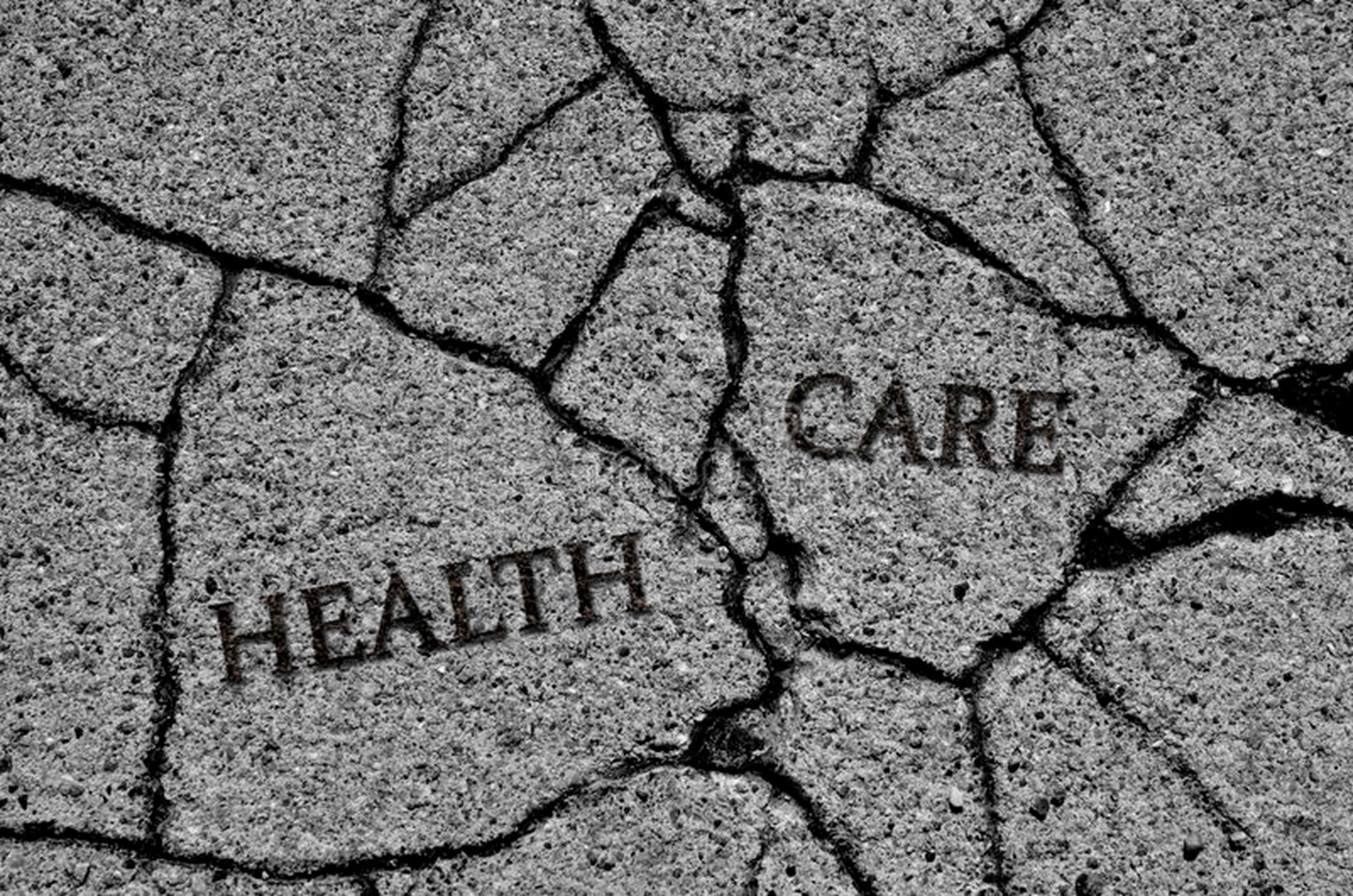Broken Healthcare System
The healthcare system is broken, and it’s been broken for a long time. Despite the tremendous advances in medical science, access to quality healthcare remains a challenge for many people. The cost of healthcare in the United States is higher than in any other developed country, yet the quality of care is often subpar. In this blog, I will explore some of the reasons why the healthcare system is broken and suggest some possible solutions.

One of the main reasons why the healthcare system is broken is that it’s profit-driven. The healthcare industry is a multi-billion-dollar industry, and the focus is on making money rather than providing quality care. Insurance companies, hospitals, and pharmaceutical companies are all in business to make a profit, and this often means cutting corners on patient care to save costs. This can result in patients receiving subpar care, being overcharged for services, and being denied coverage for necessary treatments.
Another issue with the healthcare system is that it’s fragmented. Patients often have to navigate a complex maze of doctors, hospitals, insurance companies, and government agencies to get the care they need. This can be particularly challenging for people with chronic conditions who require ongoing care from multiple providers. The lack of coordination between providers can lead to gaps in care, medication errors, and unnecessary hospitalizations.
The high cost of healthcare is another significant problem with the healthcare system. The cost of healthcare in the United States is often prohibitive, particularly for those without insurance. Even those with insurance may struggle to afford the high co-pays, deductibles, and out-of-pocket expenses. This can result in people delaying or avoiding necessary medical care, which can lead to more serious health problems down the line.
Finally, the healthcare system is broken because it fails to prioritize preventive care. The focus is often on treating illness rather than preventing it. This can lead to people developing chronic conditions that require ongoing care, which is often more expensive and less effective than preventive measures. By investing in preventive care, we can help people stay healthy and avoid more costly medical treatments in the future.
So, what can be done to fix the broken healthcare system? One solution is to shift the focus away from profit and towards patient-centered care. This means prioritizing patient outcomes over profits, investing in preventive care, and ensuring that patients have access to the care they need. What we have done at Motion is Medicine is cut the system out of the process when we see patients. We provide quality care at a reasonable price. What you see is what you get, no surprise bills or added expenses.
Another solution is to move towards a more integrated healthcare system that emphasizes coordination and collaboration between providers. This can help reduce fragmentation and improve the quality of care. What we have done at Motion is Medicine is ensure every medical professional involved in the care of our patients and athletes is well informed of what is happening, what the diagnosis is, the treatment, the prognosis, etc. We ensure the “circle is closed” in regards to communication of care, so everyone is on the same page.
Reducing the cost of healthcare is another key solution. This can be done by implementing cost-saving measures such as negotiating drug prices with pharmaceutical companies, reducing administrative costs, and promoting preventive care. What we have done at Motion is Medicine is fully cut the administrative aspect out. In addition to providing quality care at a reasonable cost, we have partnered with imaging centers and labs to get extremely reasonably priced expenses for things such as MRIs and lab tests.
Finally, we need to prioritize preventive care by investing in programs that help people stay healthy and avoid chronic conditions. At Motion is Medicine is not only do I work with the patient on preventative care to avoid reinjury, but we also have my wife Sarina acting as a Functional Lifestyle Management Coach. She is able to help our patients create healthy lifestyles, diets, and exercise habits to ensure they are walking down the pathway towards health and wellness.
In conclusion, the healthcare system is broken, but there are solutions. By shifting the focus towards patient-centered care, investing in preventive care, reducing the cost of healthcare, and promoting coordination between providers, we can create a healthcare system that works for everyone. It’s time to prioritize the health and well-being of our communities over profit.





